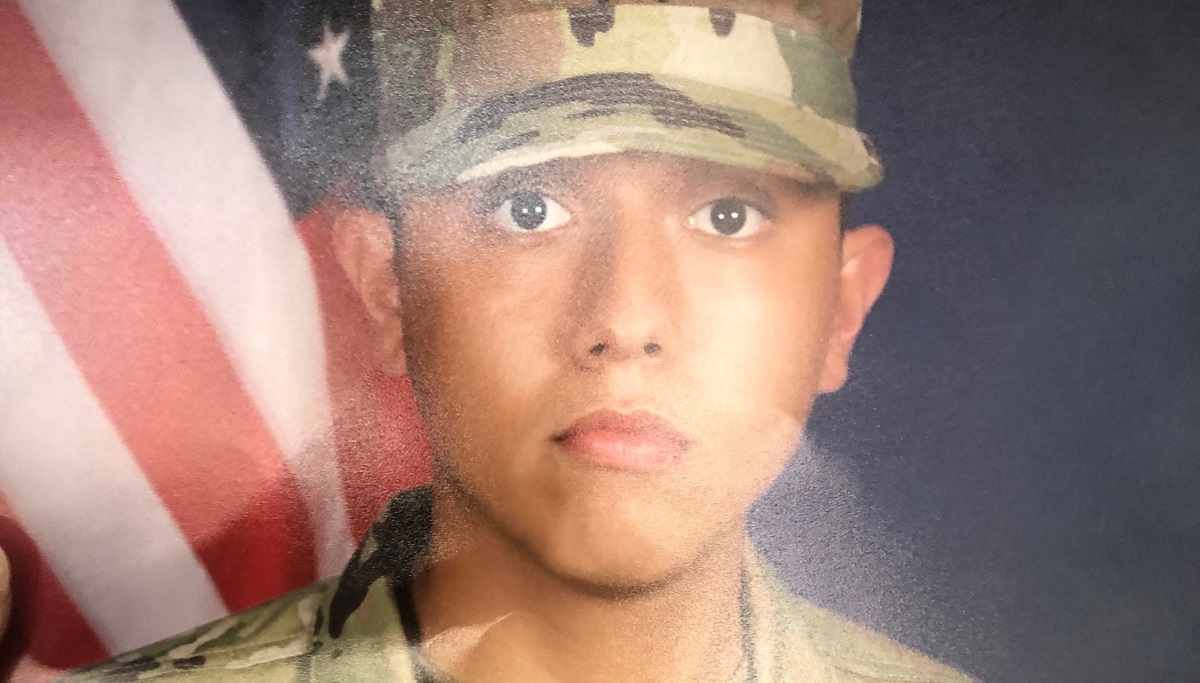While Americans get ready for Halloween at the start of next week, many others are also preparing to celebrate a rich cultural tradition that originated in Mexico immediately afterwards.
Día de los Muertos, or Day of the Dead, is a two-day holiday that is meant to reunite the living and the dead, and is often viewed as a celebration of life for loved ones who have passed away.
Contrary to the mourning of most gatherings surrounding death, Día de los Muertos is viewed as a yearly occasion where the dead rejoin their families in celebration.
Among the most recognizable features of Día de los Muertos celebrations are colorful skulls, often depicting death in a light-hearted and humorous way.
From sugar candies and clay decorations to face painting, skulls, or calaveras, are the most ubiquitous component to the tradition.
The celebration begins on Nov. 1 at midnight with "Día de los Angelitos" or "Day of the little angels," where loved ones who died as children are believed to be reunited with their families for 24 hours.
During this time, an altar, known as an ofrenda, is accompanied by the child's favorite snacks, toys and photographs to encourage a visit from their departed children. The names of the children are often written on a sugar skull.
Local
On Nov. 2 at midnight, "Día de los Difuntos" is celebrated to remember departed adults who are loved ones.
While the night is often also a light-hearted celebration filled with laughter and memories, the ofrendas take on a decidedly more adult theme for Día de los Difuntos, with tequila, mezcal and pulque often included while playing games together.
Feeling out of the loop? We'll catch you up on the Chicago news you need to know. Sign up for the weekly Chicago Catch-Up newsletter here.
The culmination of the celebration then begins at noon on Nov. 2, when Día de los Muertos is officially celebrated, remembering the spirits of all of the departed.
This part of the celebration is public, often featuring festivals in cities with parades and calavera painted faces in vibrant remembrance of loved ones.
Cemetery visits are also common during this part of the holiday, when marigold flowers, gifts and sugar skulls with the departed's name on them laid near the gravestone.
At this time, it is also customary to clean the gravestone of the departed and restore its original color.
According to Cesáreo Moreno, the Chief Curator and Visual Arts Director for the National Museum of Mexican Art, Día de los Muertos began in the last 500 years as a combination of ancient indigenous cosmology and Roman Catholic tradition.
Moreno added that this year's Día de los Muertos exhibit at the museum is focusing on those who lost their lives in earthquakes this year in Syria, Turkey and Morocco.
As Mexico is also a country prone to devastating earthquakes, Moreno said the exhibit is meant to remember and celebrate the families who were lost in the devastating natural disasters.
Another section in this year's exhibit will include work done by local artists to remember women who have disappeared or died in acts of violence all over the world.
"We're trying to again remember them and keep them keep them alive in our memories and, you know, with hope that they are many of them are found," Moreno said.
The museum is located at 1852 West 19th Street in Chicago's Pilsen neighborhood.



